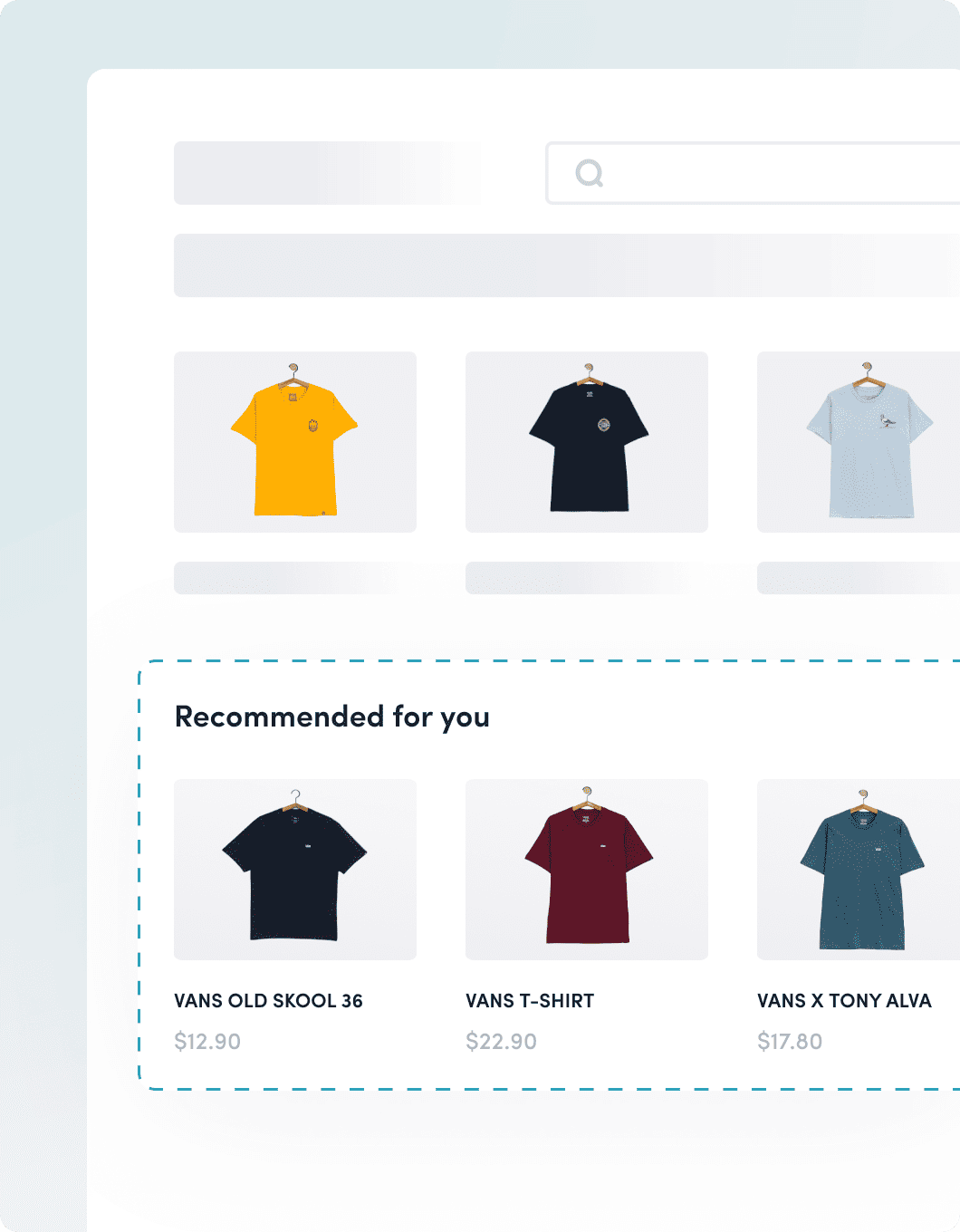
What are machine learning product recommendations
Machine learning product recommendations are systems that provide suggestions for products or content that particular customers might be interested in buying or engaging with based on previous data gathered by the system.
Such a system typically uses machine learning techniques and multiple datasets about items and customers to create an advanced network of complex connections between those products and customers.
What can machine learning product recommendations do
A recommendation system can recommend several different things, such as products, movies, books, news, articles, jobs, advertisements, and more. For instance, Netflix uses a recommendation system to recommend movies and series to its individual customers.
YouTube recommends different videos to users based on customer profile and watch history. Likewise, e-commerce websites recommend different products to different users based on their preferences. This results in a wide range of personalized recommendations based on user behavior that can increase user engagement.
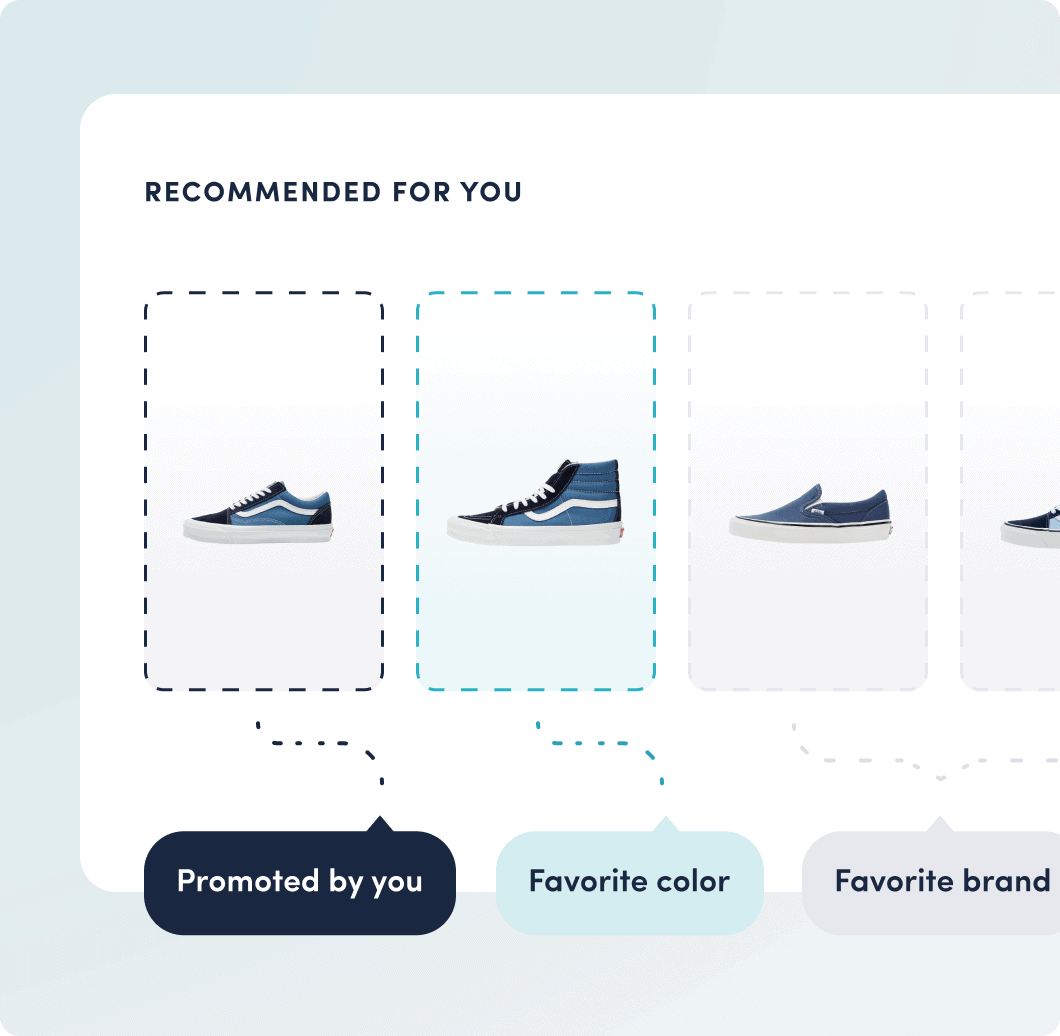
How recommender systems work
The hybrid approaches of machine learning yield results that cater to the needs of individual customers. Take a look at how the systems work.
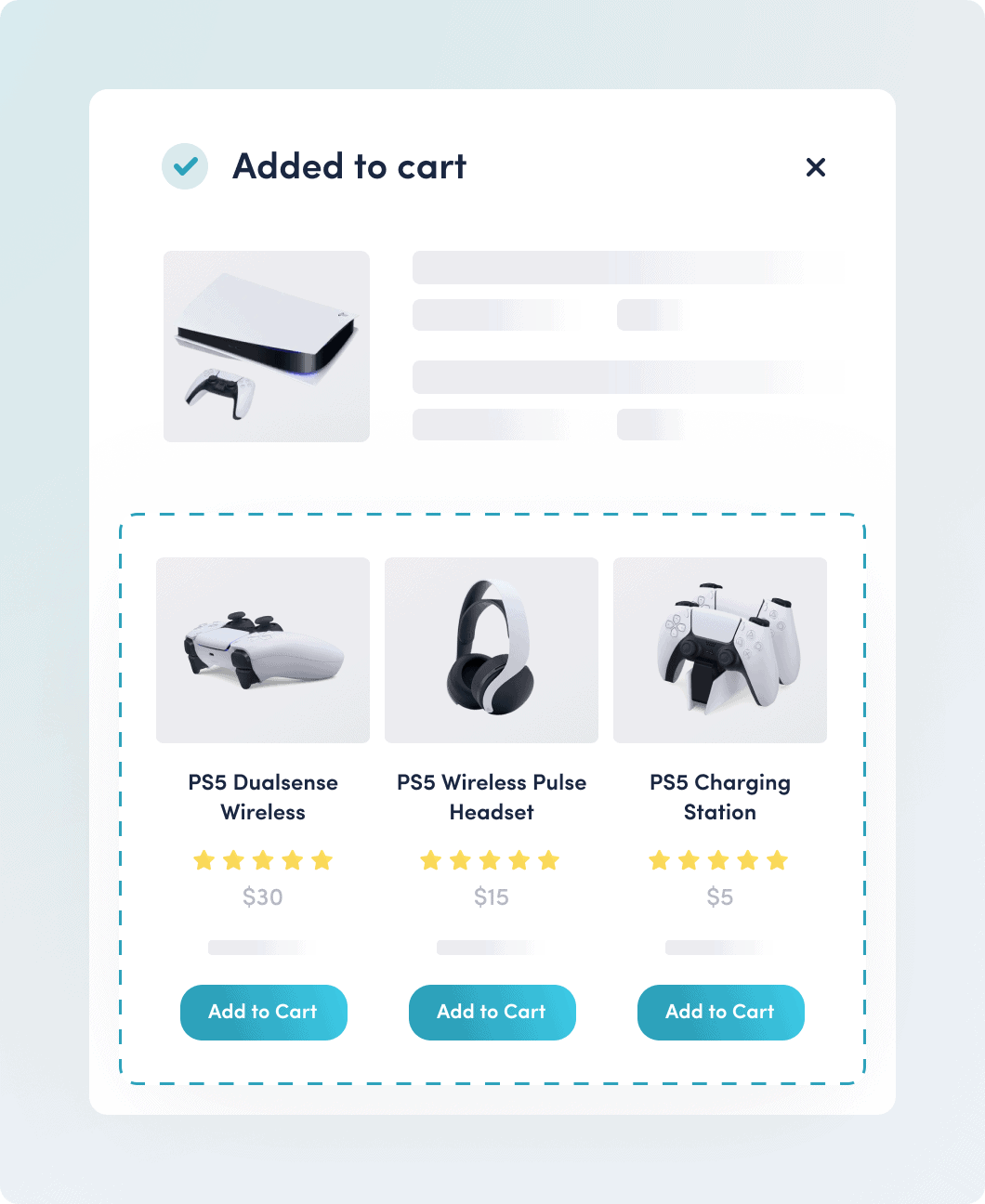
Basic working
Recommender systems deal with a large volume of information present by filtering the most important information based on the data provided by individual customers, such as user ratings, similarity scores, and several other factors that take care of user preference and interest. Recommender systems use various methods in neural networks to determine the match between user and item and impute the similarities between users and items for relevant recommendations.
Role of machine learning
Recommender systems use specialized deep-learning algorithms and machine-learning solutions. Driven by the automated configuration, coordination, and management of machine learning predictive analytics algorithms, recommender systems can intelligently choose which filters to apply to a specific customer’s particular situation based on previous user interactions. This helps marketers maximize conversions and average order value for relevant products and target users or user groups specifically.
Recommender system challenges
Several approaches are in use today. However, comparing their effectiveness is difficult because evaluation results are rarely reproducible. Therefore, the lack of a common understanding of reproducibility in various types of recommender systems is challenging. Since the behavior of users tends always to be different and the system needs to create a personalized experience, it employs different tactics to achieve this, and they might be hard to follow.
Three types of recommendation systems
Here are some of the most common types of recommender systems:
1. Content-based recommender systems
Content-based recommender systems use advanced content-based filtering based on the similarity of item attributes and use information or features related to the products themselves instead of using users’ preferences. For example, a content-based system might use the year of release, star cast, or genre to suggest relevant content recommendations to users. These systems work in any environment and can be used to recommend popular items on e-shops, news articles on news websites, and other business areas and even niches.


2. Collaborative filtering recommender systems
A quite popular recommendation method is collaborative filtering. Such recommender systems use filters that consider the choices and explicit ratings of users. For instance, recommender systems would suggest movies to a viewer based on the previous data of ratings given by different viewers of different movies. The collaborative filtering algorithm commonly used in recommender systems is matrix factorization. Matrix factorization algorithms work by decomposing the user-item vector interaction matrix into the product of two lower-dimensionality rectangular matrices.
3. Hybrid recommender systems
Most modern mobile recommender systems combine both these approaches and are called hybrid recommendation systems, increasing their effectiveness because they don’t rely on just a single method. As a result, they tend to outperform the content-based and collaborative filtering methods in providing relevant content and product options. Hybrid recommender systems generate tags based on natural language processing (NLP) for every item and use vector equations to calculate the similarity between items.

Who uses recommender systems
Here are a few industries and businesses that extensively use recommender systems:
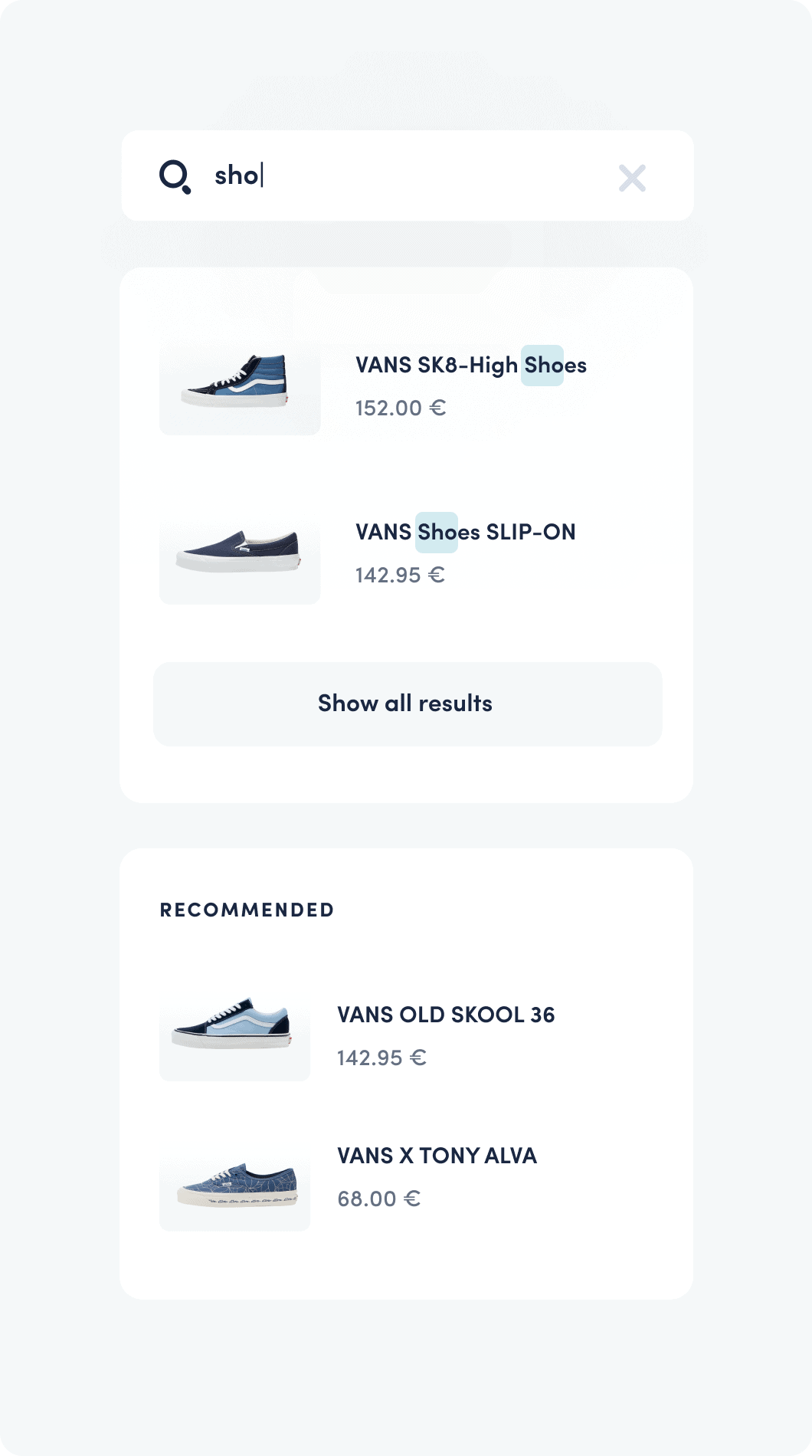
Streaming media
Multimedia streaming services use session-based recommendations aimed at predicting the next item based on a sequence of previous items consumed in the session. For instance, Netflix uses session-based recommender systems to suggest movies and web series to individual users.
It is the perfect example of a hybrid recommender system as it takes into account both the interests of the user (collaborative) and the descriptions or features of the movie (content-based). According to McKinsey research, 75% of the content consumed on Netflix is based on machine learning-based movie recommendations.
Dating websites
Many dating sites like Tinder use recommender systems to match people. The key factors that contribute are the people that you swiped right on (the people you liked), your reactivation stats, your location, your profiles, and more. Tinder, in fact, is one of the biggest recommender systems in use, with an estimated user base of 50 million people worldwide in 2020.
Dating websites and applications often update and innovate the recommendation strategies in case the algorithm proves to be stale and doesn’t result in enough successful matches, or provides the wrong types of recommendations.
Social media
Facebook is another example that uses product recommendation engines to recommend personalized content to every user profile. It uses multiple recommendation algorithms for different sections. For instance, the news feed uses one, whereas the “people you may know” section uses another.
Likewise, the news section, marketplace, Facebook videos, etc, are different sections of Facebook, each of which will recommend different things based on your preferences. Social media implements various recommendation strategies and regular updates to ensure customer loyalty will stay high.
E-commerce
Modern e-commerce often relies heavily on the product recommendation process as it’s been proven to significantly improve e-shop conversions, decrease cart abandonment, and increase the average cart value. Many online stores like Amazon, eBay, and Walmart use recommender systems to suggest products to individual customers based on customer profiles.
They know what they may like, and they recognize their purchase history. In fact, 35% of what consumers purchase on Amazon comes from product recommendations based on machine learning algorithms.
Book a demo call to see Recommender in action
Discover how our recommendation widgets allow you to boost your e-commerce sales with highly personalized and accurate machine learning-based product recommendations.
Why you should use recommendations
Recommender shows AI-driven product suggestions personalized to every visitor based on their preferences and previous online behavior.
More conversions and repeat visits
Increase average cart conversion by at least 13%. When customers' needs are fulfilled quickly, they are more likely to return to your e-store.
Better average order value
Increase average order value by at least 35%. Recommender offers product tips based on what's already in the customer's shopping cart.
Improved customer experience
Suggest what else individual users might need based on their preferences and similarities with previously seen products.
Trusted by more than 3,000 online businesses
What else Luigi’s Box offers besides recommendations
Analytics
Get insights into what your customers are searching for, what they struggle to find, and how you can improve their overall search experience.
Discover Analytics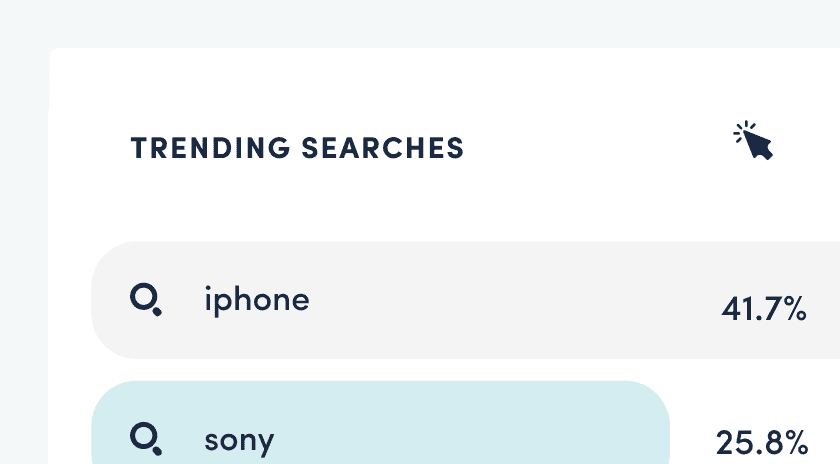
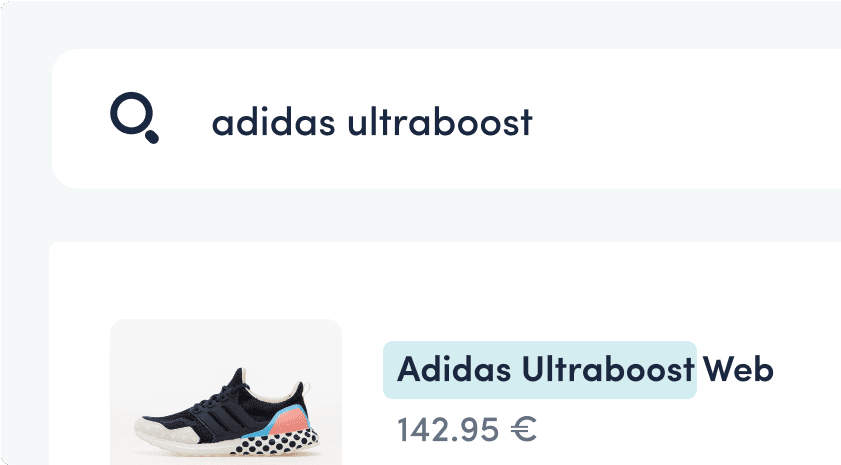
Search with Autocomplete
Bring an intelligent search box on your site that manages common grammatical mistakes, typos, slang terms, and various synonyms to avoid no-results searches.
Discover SearchProduct Listing
Organize your products and automatically rank them based on popularity, personal taste, intent during a visitor’s session, and business logic.
Discover Product Listing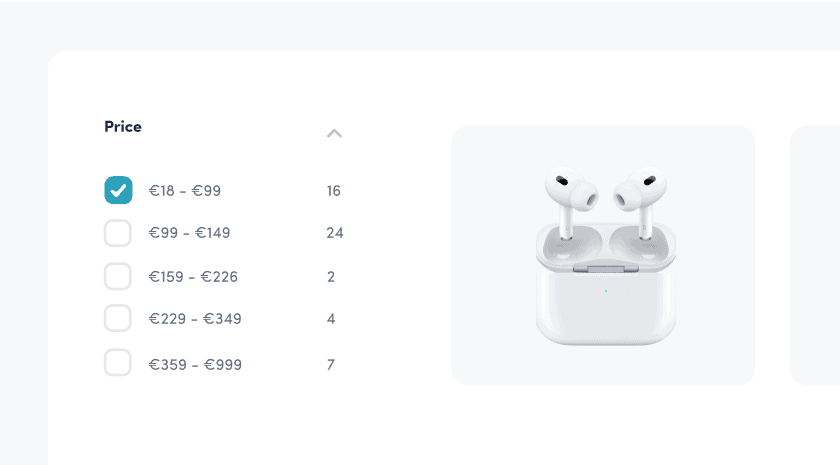
Luigi's Box is compatible with any website
There are three ways how to deliver your product data to Luigi’s Box.
Get Started with Luigi’s Box today
Create an account and unlock the potential of your e-shop.
Frequently asked questions
How do product recommendation systems based on machine learning work?
Product recommendation systems use advanced machine learning algorithms and deep learning methods to segment customers based on their user data and behavioral patterns (such as purchase and browsing history, likes, or reviews) and target them with personalized product and content suggestions.
Some commonly used recommendation frameworks are content-based, collaborative, and hybrid filtering.
What are the benefits of recommender systems?
A product recommendation system helps you improve user experience and customer engagement on your site by offering personalized recommendations tailored to your customers’ needs. When they have a good experience, they are likely to return to your store.
Such a system also helps increase sales, average order value, and conversion rates by allowing retailers to upsell or cross-sell their products.
What makes a good recommendation system?
Some of the guidelines for recommender systems are:
- It shouldn’t recommend products that are too similar to what users have already seen before.
- It should diversify its recommendations and put more emphasis on personalization.
- It should also strive for temporal diversity, which means it shouldn’t offer the same recommendations in every current user session.
Where do recommendation systems get data from?
Recommender systems often receive data from explicit ratings after buying a product, watching a movie, or listening to a song, from implicit search engine queries and purchase histories, or from other categorical variables about the customers (such as the user profile) or products themselves.
Some recommender systems build a utility matrix, which consists of the rating (or preference) for each user-item pair.
Who is the best product recommendation system provider?
The answer depends on several factors such as your needs, budget, and goals. While you may find several recommender systems on the market, Luigi’s Box recommendation widget uses advanced AI algorithms to take personalization to the next level, helping you achieve +35% average sales increase and +13% average cart conversion increase.
You can place our recommendation widget anywhere on the website. It’ll always feel like its natural part regardless of the e‑commerce platform.
